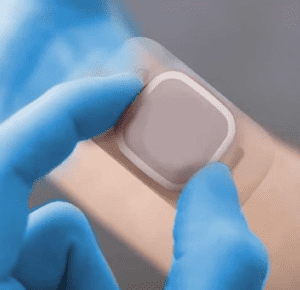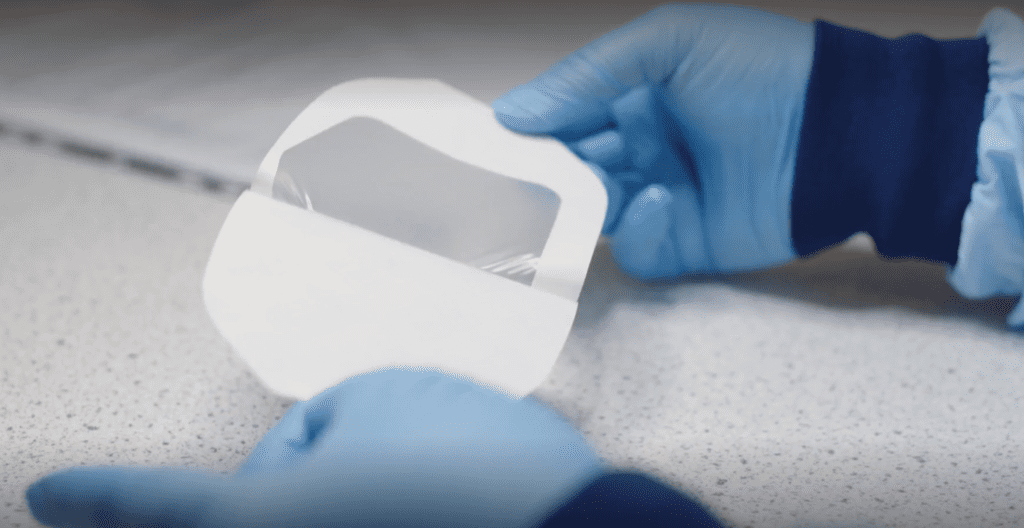Chances are, if someone walks into a pharmacy looking for a skin-friendly medical dressing, they are unlikely to discern the difference between silicone and acrylic. The layman will simply be chuffed that either word is on the package, simply because both sound official and medical.
However, silicone and acrylic medical grade adhesives both have their advantages and disadvantages, and how you will be using them will dictate which of them will be best. In short you are looking for the best medical adhesive solution for your user and your product in development to meet your specification requirements. Aspects to consider; wearability; comfort; repositionability; low trauma removal; wear time, to name a few.
Medical Silicone Adhesives
A silicone medical adhesive is ideal for the wearables and wound care market where skin-friendly applications are essential. They are delightfully biocompatible – meaning that silicone is designed to make sure your skin suffers the lowest possible damage. They are easily repositioned, they are breathable and permeable, and their removal is as close to painless as you can get when dealing with medical adhesives.
The downside of medical grade silicone adhesive for skin is that it loses in stickiness what it gains in malleability. The choice to use silicone gel adhesives will mean that you’re sacrificing grip for an easier time on the skin, which can mean that if it is integral for the adhesion to be incredibly secure, this isn’t the best option. Silicone can also be more expensive driving up a higher cost per unit, consider if this price change will suit your market.
Medical Acrylic Adhesives
Acrylics, on the other hand, have incredible tackiness. This is the type of medical grade adhesive for skin you want if you need to hold firm as it will stick fixed the first time you set it down. This adhesive is also much less costly and easily used in laminating procedures, heightening the positive aspects.
However, the damage to the skin in removing this adhesive is going to be much more traumatic than a silicone one. Once that initial grip is in place, it is not repositionable at all, and you’ll likely have to use another if you make a mistake.
Silicone vs Acrylic Comparison
The delineation between silicone and acrylic is clear – one is strong and rigid, while the other is malleable and forgiving. Acrylics are the more widely used in the medical device manufacturing industry, and that should come as no surprise – they’re cheaper, easier to produce, and incredibly hardy (even if un-sticking them comes with a price). Used in everything from advanced wound care solutions to medical wearables, the acrylic adhesive is the all-around workhorse of the medical device manufacturing and adhesive industry.
Medical silicone tape, on the other hand, is better for delicate jobs – adhesives applied directly to wounds, patients with sensitive and/or easily damaged skin, or people who need a high degree of flexibility in their adhesive are more likely to want a silicone-based adhesive.
The point is that there is no clear-cut, obvious champion of the medical tape industry, and identifying which adhesive is going to be best for your product is something that will go a long way to ensuring your success. With our years of experience, PolarSeal’s converting experts can pinpoint exactly which medical flexible material will be best for your product design and purpose, so don’t hesitate to contact us today!








